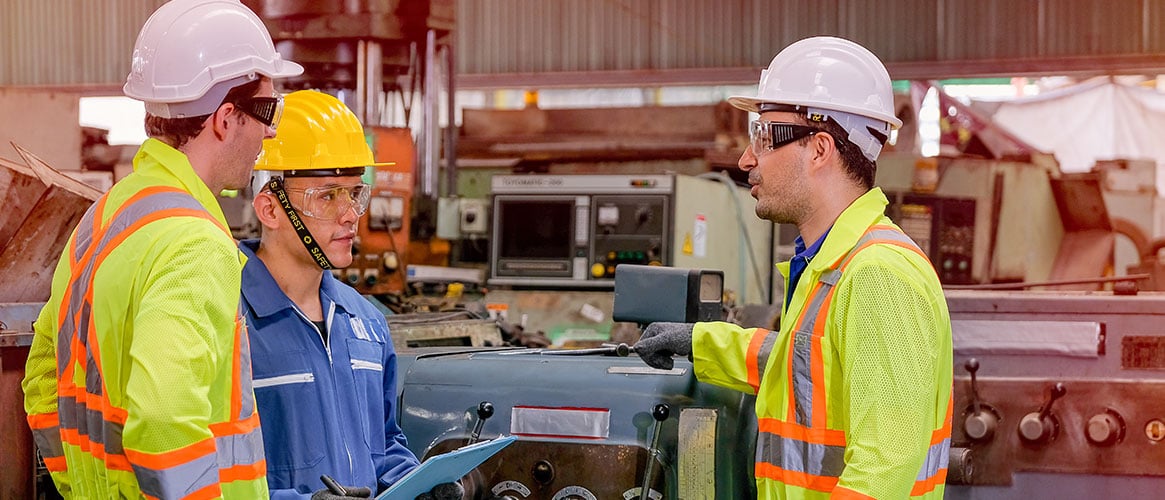Good communication between you and your frontline employees is a foundation to creating a strong safety culture. It ensures that you and your employees are on the same page when it comes to your safety goals and the best ways to control jobsite hazards. Workplaces with strong safety cultures use regular and consistent communication in their daily operations. Here are four steps you can take now to improve your safety culture communication:
1. Create job performance procedures and train your employees.
You can’t hold your employees responsible for something they didn’t know they were supposed to be doing.
- Be sure you are clear when training your employees on the procedures.
- Since every workplace is different, you’ll need to determine which communication works best for your employees.
- Have written procedures so your employees can refer back to them.
2. Make sure your communication is regular, clear, and consistent.
- Consider talking to your employees about safety more frequently. For example, if you have quarterly safety meetings with you employees, increase the meetings to monthly or bi-weekly.
- Plan a Q and A session during or after your safety meeting for employees to ask questions and offer suggestions.
3. Consider changing up how you present the material during your meetings.
- Use different communication methods-everyone learns differently. For example, at the beginning of the presentation, let your employees know that you will randomly ask questions throughout the training.
- If you, your managers, or your foremen conduct safety meetings, consider getting your employees more involved by having them research and present the materials.
- If you regularly communicate verbally, consider presenting the information in written form or by having your employees watch a video.
4. Recognize employees when they offer new ways to improve workplace safety.
- Remember, the best form of recognition isn’t necessarily something of material value.
-
Reward safe behavior with recognition, e.g. small rewards like gift cards for coffee, and peer recognition.
